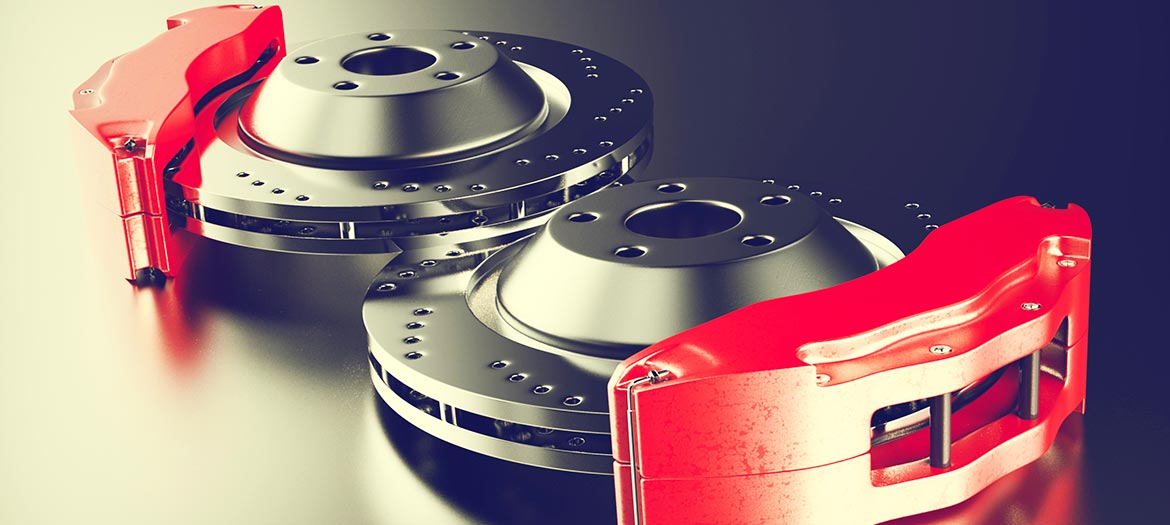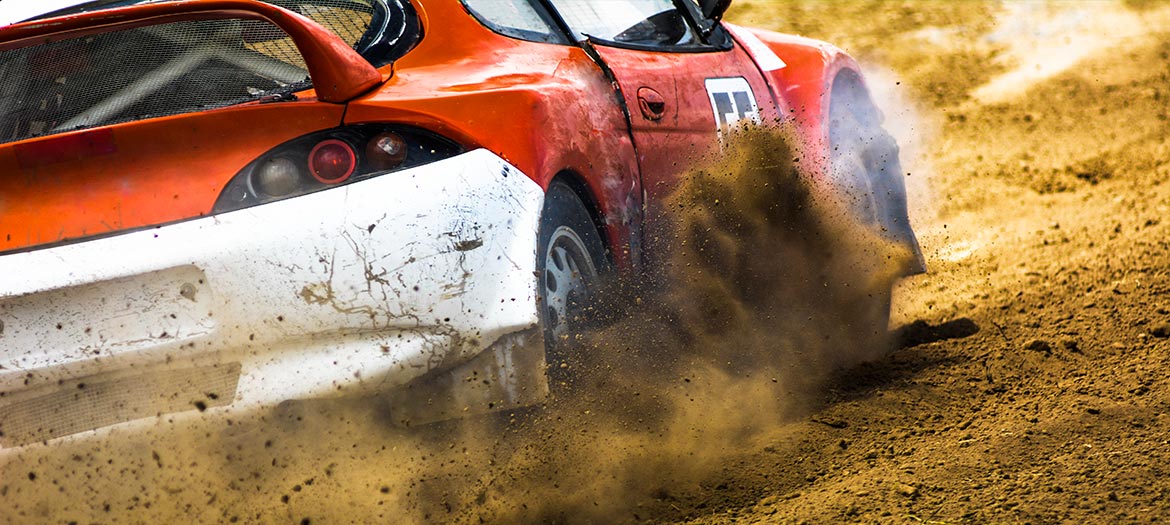Tuning the brakes and maintaining control
Brake System

Every driver should be aware of how important brakes are when it comes to slowing down safely and in time. If we consider the fact that greater engine power, supported by enhanced transmission, also means greater acceleration and maximum speed, we should understand how important it is that the entire braking system gives better control over the vehicle. Therefore, if we have increased engine power, we need to increase the braking power as well.
There are a few ways to tune the brakes, and each means using higher-quality elements: brake discs, brake calipers, main brake cylinders, brake pads and hoses.
As a general rule, the new brake discs should have a bigger diameter than the old ones, at least by the same percentage that was projected for improving the car’s performance. If this improvement is modest, you could stick to the old brake calipers and only replace the brake pads. However, if the improvement is evident, the new discs should go with new brake calipers, in which the number of brake pistons (2, 4 or 6) will depend on how much the car’s performance was enhanced.
An absolute must are the so-called racing brake pads that need to have better performance than their serially-produced counterparts.
If we have installed new, higher-volume brake calipers, we also need to have a bigger brake cylinder, and in some cases even two of them, in order to maintain an adequate brake fluid pressure.
In the end, if the enhancement is enormous, standard brake hoses should be replaced for teflon ones. This is done for safety reasons because teflon brake hoses are less prone to tearing.
Wheel Alignment
Setting the wheel alignment, or “tracking”, affects vehicle manageability and grip. Wheel alignment is a standard procedure on serially-produced cars and is usually done only on the front side. All settings are being done according to parameters that exist for virtually every car model.
In a tuned car, camber angle leans towards the center of the vehicle (unlike that in a serially-produced one), the amount of positive caster is increased because it affects the overall grip, and so is the toe-out angle as it helps free up the car while entering a corner. The given parameters do not allow any inconsistencies because a car that achieves greater acceleration needs to be as direct as possible and “accept” what the wheel commands.
Simpler elements like bearing balls that are used in serially-produced cars do not allow maximum precision and are prone to micro-tolerances. For the purpose of tuning, they are being replaced with the so-called uniball ties that reduce the tolerance to zero. This way it’s possible to achieve greater precision on the forks, steering mechanism and control arms.
It goes without saying that the front suspension of a race car, as well as the rear suspension that also undergoes a process of tuning (although much less), need to be done precisely and in line with a well-prepared calculation.
Who can you REALLY entrust with tuning your car?
Car Suspension
A car’s suspension is being tuned when we want to improve the overall stability in a sense that we can exit corners at much greater speed, now that we have a more powerful engine and higher-quality brakes.

While factory-produced suspensions provide comfortable and easy ride, racing ones are intended for energetic cornering.
There are four points where every car touches the ground, and these are the wheels. The connection between the chassis and the wheels are, roughly speaking, the springs and the shock absorbers.
The shock absorber is a part that serves to reduce the vibrations of the spring. Pay attention when you watch a rally drive and you will see that the moment a car that’s been “flying” for almost 50m touches the ground - it does not bounce. This is exactly due to its having well selected shock absorbers and coil springs.
The hardness of the spring is a very important element that decides how much the car will sway as it corners. It depends on the diameter of the wire, the width of the spring and the number of active coils. If we install very hard coil springs, the car will go “flat” around a curve, almost as a carting vehicle. However, if we install softer coil springs, the car will sway lightly. The driver’s preferences will dictate how much the car will sway as he/she corners.
There are various types of springs, like leaf springs that are generally considered outdated and rarely found (eg. in older Wrangler Jeeps), helical springs which are the most common type and torsion springs, which are rare and usually reserved for the rear end of French vehicles.
Can tuning void your car’s warranty?
Another important segment of car tuning, which is done through springs exclusively, is the so-called “lowering”. Namely, the closer the car is to the surface, the nearer the mass center to the ground which results in a higher corner speed. For that to be possible, the springs have to be shorter, so tuning in this sense means either shortening the existing springs or buying new ones. Depending on the desired performance, your tuner will recommend the length of the spring.
Stay with TotalEnergies, because we will dedicate the next article to choosing appropriate tires and rims for a car that is being tuned.


